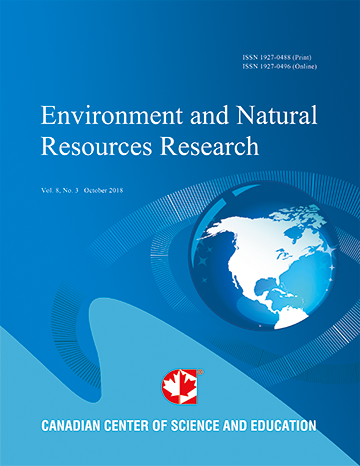Redbay Survival Eleven Years after Infection with an Exotic Disease on St. Catherines Island, Georgia, USA
- C. Ken Smith
- Elise Landreaux
- Hali Steinmann
- Deborah McGrath
- Christa Hayes
- Royce Hayes
Abstract
Introduced to the United States in 2002, laurel wilt (Raffaelea lauricola) is a fungus that causes life threatening defensive responses in the vascular system of trees within the Lauraceae family, and it is introduced to the tree by the Asian ambrosia beetle (Xyleborus glabratus). Redbay (Persea borbonia) is the preferred host species within the US coastal plains and maritime forests, and it has experienced rapid mortality throughout its range in the southeastern United States since the introduction of the ambrosia beetle and associated fungus. In this study, we inventoried all dead and live redbay trees from replicated transects inside a maritime forest, a successional old-field forest (both located on the island’s Pleistocene core), and a Holocene hammock to examine the role of soils, prior land use and landscape position on redbay survival eleven years after the introduction of the exotic beetle and fungus on the island. Results indicated that the maritime forest had a significantly higher number of redbay trees prior to infection compared to the hammock or old-field sites. Eleven years post-infection, all three sites had similar densities of redbay trees and the surviving trees had similar diameter distributions among the three sites. Soils under the maritime forest had significantly higher phosphorous (P) and pH concentrations, and the Holocene hammock had a higher water table compared to the sites on the Pleistocene core. Almost all living trees at each site had signs of invertebrate herbivory and twig borer damage. Prior land use history and soils affected redbay densities before laurel wilt infection, but eleven years post-infection, all three site types had similar redbay densities, diameters, basal areas, and levels of herbivory and surviving trees did not demonstrate signs of photosynthetic stress.
- Full Text:
 PDF
PDF
- DOI:10.5539/enrr.v6n1p27
Journal Metrics
Google-based Impact Factor (2016): 6.22
h-index (November 2017): 12
i10-index (November 2017): 19
h5-index (November 2017): 11
h5-median (November 2017): 12
Index
Contact
- Emily LinEditorial Assistant
- enrr@ccsenet.org
